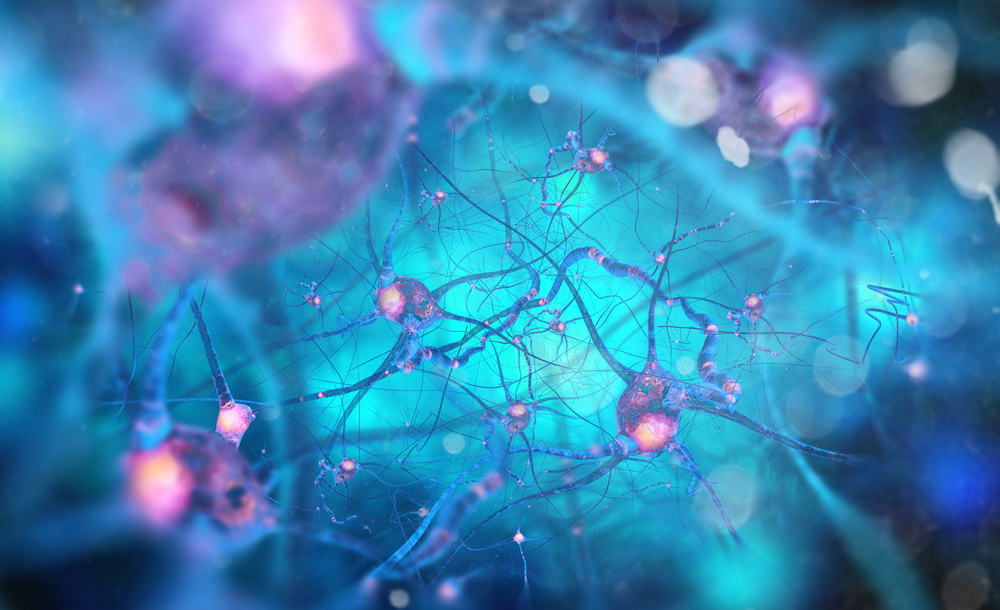New Gene Therapy Technique Gets Past Blood-brain Barrier, Mouse Study Shows

A new technique using tiny bubbles and ultrasound waves could ease the way for gene therapy to be delivered to the central nervous system, a mouse study suggests.
The technique had a neuroprotective effect on mice, and those treated to model Parkinson’s showed improvements in measurements of motor function, the study found.
The study, “Ultrasound-responsive neurotrophic factor-loaded microbubble-liposome complex: Preclinical investigation for Parkinson’s disease treatment,” was published in the Journal of Controlled Release.
Parkinson’s is characterized by a loss of dopamine-producing neurons in the brain. One therapeutic strategy that has been proposed to combat this is the use of neurotrophic factors — signaling molecules that promote the growth and survival of neurons. Examples include glia cell-derived neurotrophic factor (GDNF) and brain-derived neurotrophic factor (BDNF), both of which are proteins that are encoded by genes of the same name.
In theory, these factors could be therapeutically administered by means of gene therapy. In essence, this involves delivering the genes to nerve cells in the brain, allowing them to make more of these proteins and achieve therapeutic benefit.
However, there’s a problem with using gene therapy that targets nerve cells in the brain: the blood-brain barrier, as its name suggests, prevents many substances from passing from the bloodstream into the central nervous system. While this can help protect the delicate nervous system from damage and infections, it makes it hard to target the brain therapeutically because it’s difficult to get therapeutic compounds (like gene therapies) past this semipermeable barrier.
Researchers developed a new gene therapy technique to get around this obstacle, relying on the use of microbubbles smaller than one-hundredth of a millimeter in diameter.
A gene of interest is inserted into a liposome — a small vesicle made of lipids (fats)— which in turn is attached to the microbubble, which is then injected into the bloodstream. Targeted ultrasound is then applied. When the sound waves from the ultrasound hit the microbubbles, they vibrate in such a way that they physically push on the blood-brain barrier, creating gaps that facilitate the entry of the gene therapy into the brain.
The researchers tested their system by delivering GDNF, BDNF, or both, to mice — both healthy mice and mice treated with the neurotoxin MPTP, which is commonly used to model Parkinson’s disease.
This administration significantly increased levels of the respective proteins in the mice’s brains. The increase was only observed when both microbubbles and ultrasound were used; no increase was observed in experiments that excluded these components. This suggests that the system functions as expected.
In the Parkinson’s mouse model, treatment with either GDNF or BDNF gene therapy increased the production of dopamine and related molecules, while it decreased cell death among dopamine-producing neurons. Treated mice also showed significant improvements in multiple measurements of motor function.
Combining both GDNF and BDNF didn’t result in benefits above those either conferred alone. The researchers suggested that this may be because putting both genes in the same therapy, as was done, could limit the production of both proteins individually. “Under the co-expression of GDNF/BDNF gene, a potential consequence is that the GDNF and BDNF gene expression levels both fail to achieve therapeutic levels,” they wrote.
Further research may optimize this system, allowing for more detailed exploration of how these neurotrophic factors might or might not interact synergistically.
Overall, the study demonstrates the potential of a new gene therapy strategy for the delivery of therapies into the brain.
“Our results indicate that either GDNF or BDNF gene carrier [was] associated with significantly greater behavioral correction and dopaminergic neuronal protection,” the researchers wrote, adding that this system provided neuroprotective effects for impaired neurons.
“These results suggest that the proposed UTMD [ultrasound and microbubble-based]-gene delivery system is a valuable tool for the development of therapeutic strategies for neurodegenerative diseases,” they said.






